
What’s the next big bubble? Green energy? Gun sales? Food? Nobody knows for sure.
Based on our research, 12 new bubbles already show potential to make and ruin investors. The markets listed below range from bubble-in-the-making to ready to pop:
1. Gun sales

Anticipating anti-gun legislation, certain Americans are snapping up guns to hoard, collect, or safekeep. Some are even stockpiling for investment purposes.
According a gun buyer mentioned in this Wall Street Journal article, a collection of “assault weapons” could triple in value if the federal government re-enacts a ban on their sale. Background checks on potential gun buyers increased by 27% in the past year, according to the article.
Some guns have already appreciated. For example, European-made AK-47s doubled in price between September-December 2008. For savvy buyers, the right to bear arms is also bearing fruit. The question is: When’s this bubble going to burst?
7. Option ARMs
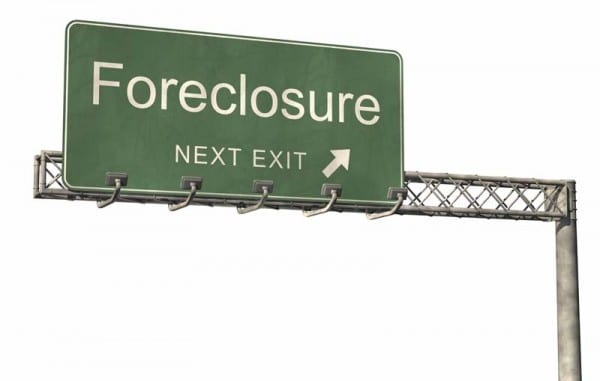
Starting in May 2009, option adjustable rate mortgages (ARMs) have been causing “more delinquencies and foreclosures than subprime mortgages,” according to a Wall Street Journal article written in July.
Option ARMs allow homeowners to pay partial interest on their home loans for a predetermined period of time. In some cases, the unpaid amount of interest is added to the loan’s principal. Once the partial interest window expired, homeowners are left with potentially unaffordable payments.
Combine that will falling property values, and you see yet another loan-inspired disaster. According to the Wall Street Journal,
As of April, 36.9% of Pick-A-Pay loans were at least 60 days past due, while 19% were in foreclosure. In contrast, 33.9% of subprime loans were delinquent, with 14.5% of those loans in foreclosure.
Option ARMs are concentrated in California, Florida, and other hard-hit housing regions, writes the WSJ. Wells Fargo, J.P. Morgan Chase, and the FDIC’s insurance fund hold a large proportion of option ARMs, so a burst bubble will hit them especially hard.
It’s just a matter of time.
3. Cap & Trade
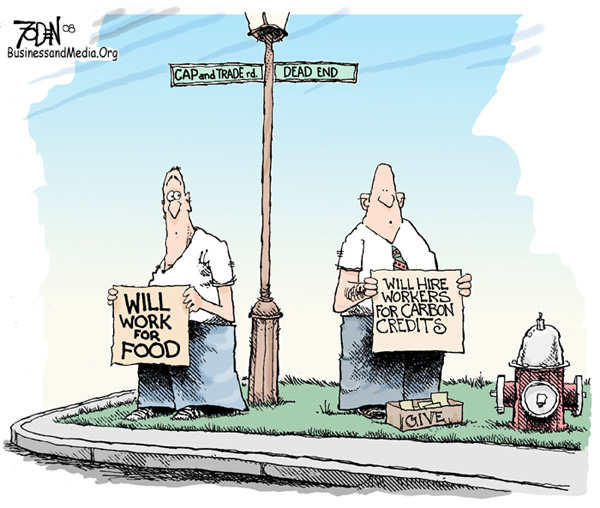
In September, the Senate will vote on the American Clean Energy and Security Act, which should really be called the Clean Energy Securitization Act. The act will create a cap-and-trade market that will create new derivative-friendly asset classes, according to this Christian Science Monitor article.
The government will, if the act passes, activate a market for carbon allowances and carbon offsets. The former are permits allowing companies to pollute; the latter, pollution permits that require companies to offset their carbon emissions elsewhere.
That, writes Mother Jones reporter Rachel Morris, is just the beginning. Once permits hit the market, financial experts will convert them in derivatives with names like “offset futures” and “allowance swaps.”
Bubblemania will ensue if the government shies away from regulation and enables the same kind of chaotic, over-the-counter system that enabled the mortgage-backed securities crisis.
The financial industry is currently lobbying for minimal regulation. If the bill goes through in September, and the government steps back from applying regulation, subprime carbon might not be too far away.
4. Incandescent Light Bulbs (EU)
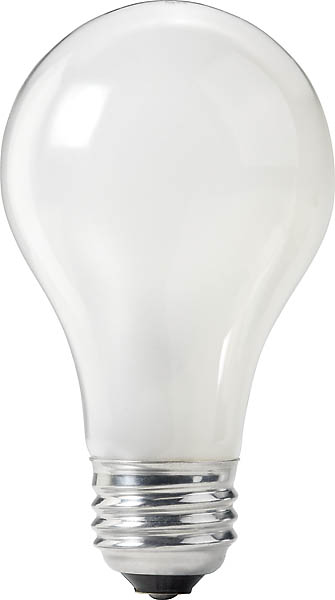
A pending EU-wide ban on incandescent (traditional) light bulbs is causing consumers to hoard the soon-to-be unlawful products. Manufacturers are enjoying massive sales as a result.
The Spiegel article covering this bright bubble news didn’t mention anything about people hoarding for investment purposes, as they are for guns, but that certainly remains an option. The bubble will burst in September, when stores no longer sell incandescent lighting, and it will really burst when CFL (compact fluorescent lightbulb) technology improves enough to make people toss out their old incandescent.
5. China
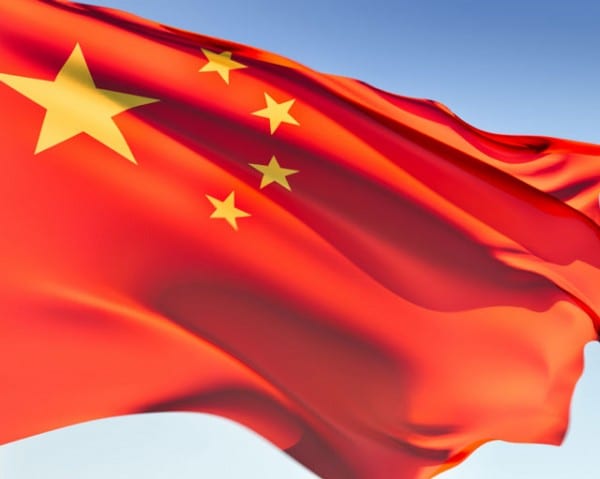
Chinese stock markets have been surging, fed by easy credit from government-linked banks. The Shanghai Composite rose 16% in July alone. Banks extended $1.1 trillion in new loans during the first six months of 2009.
What’s more, a Chinese company enjoyed the biggest global IPO of the year. China State Construction Engineering Corp. raised $7.3bn in one day. The Shanghai Composite Index dropped 5% as a result: Investors feared that the same speculation that had increased CSCEC’s stock value by 56% was also overheating the market.
Unfortunately, China’s economy remains export-driven. The numbers are a smokescreen. The Chinese government is powerful enough to “make the right numbers appear” if it thinks the country’s economy needs stimulating, according to Contrarian Edge’s Vitaliy Katsenelson. “(T)he government is more than willing to artificially stimulate the economy, in the hopes of buying time until the global system restabilizes,” he says.
China is experiencing “asset bubbles that look like economic growth,” writes Bloomberg’s William Pesek. Will China’s market manipulation survive the recession, as the government has planned, or will the bubbles all burst?
6. Gold
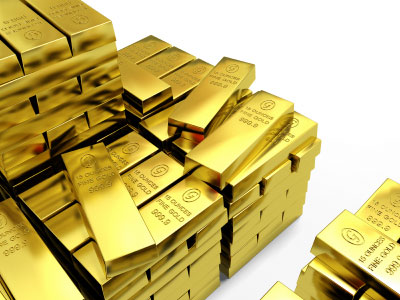
To many investors, “quantitative easing” is synonymous with “buy gold as fast as you can!”
The problem is that more money in the mint doesn’t necessarily mean inflation. What if the Fed printed less money than was lost in the financial crisis? What if consumer demand remains low and producers can’t increase their prices? Or if, after banks recapitalize, there isn’t any extra money left? Or electronic money messes up the whole notion of quantitative easing?
Gold will spike when in inflation hits, but if there’s no inflation, speculators will be left empty-handed. Then again, if–as some goldbugs claim–the dollar weakens further, global financial systems collapse, and governments fail, it’ll be nice to have some bullion on hand.
7. Higher Education

Elite schools like Harvard and Yale have frozen some faculty salaries. What gives? It’s a widespread endowment dry-up, according to The New York Times’ Steven M. Davidoff. He explains that in recent years, endowments and tuition hikes have enabled universities to expand buildings, programs, and faculty, as well as increase salaries.
With the economic crash, however, endowments have shriveled. The Harvard endowment, on which certain parts of the university heavily rely, used to enjoy handsome portfolio returns: Its private equity portfolio gained 28% during the past decade. Now, it is facing more than 30% losses, according to Davidoff’s calculations. He estimates that up to 40% of Harvard’s assets are illiquid, meaning that it will have to aggressively raise donations or increase its liquid returns to fund itself and its private equity obligations.
“This results in a spiraling decline in Harvard’s liquid assets as each year they go lower to meet these needs and more and more assets become tied up in private equity,” writes Davidoff. Ouch. Overdependence on endowments and private equity is bursting the higher education bubble, especially at the top tiers.
8. Trustafarianism

Photo By Charles Sykes / Rex
Bubbles can be cultural, too. Just ask the hipsters featured in this New York Times article, who freeze in shock after being informed that full-time jobs last eight hours a day. For many, the parental bailout is a bubble that has either deflated or burst.
9. Alternative Energy

The next decade marks the rising of a Brave Green World. Governments are limiting carbon emissions and pushing large alternative energy subsidies. Peak oil makes the search for alternative energy sources more pressing. Cap-and-trade, if it passes, will create a new market for energy-related derivatives, enabling speculation and asset price inflation.
“There must be significant government involvement designed to focus energy and capital on the specific industry — and clearly that’s already happening,” writes Jeff Brady in this NPR article.
A few pieces still have to fall in place for a bubble to form. These include a massive update of the national energy grid, as well as a new source of credit for green ventures, according to Brady. He says that a grid update is in the works. A new source of credit, in my opinion, is just a matter of time. When that happens, brace yourself for the green market overvaluation—err, revolution.
10. Junk Bonds
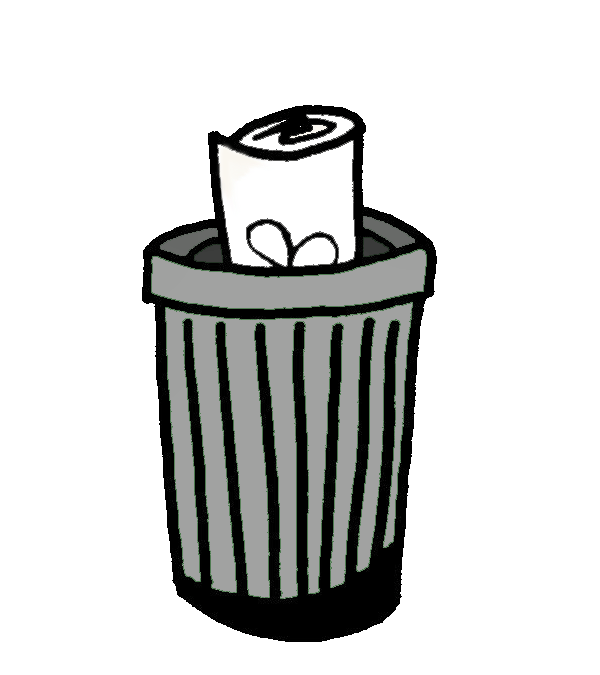
In late July, average junk bond yields fell into the single digits for the first time in more than a year, according to the LA Times’ Tom Petruno. The KDP Investment Advisors’ index, which covers 100 junk issues, hit a high of nearly 18% returns last December, Petruno reports. Record bond defaults haven’t deterred investors from loading up on the risky bonds, but they have returns on their sides. Petruno says that “the average junk fund is up 27.2%.”
Those returns out-entice the prospect of massive defaults, which are bound to occur eventually. 42% of junk bond issuers have “highly leveraged balance sheets—much more than in previous years,” according to this CNNMoney article. It’s a good time to be in junk bonds—if you can get out before the bubble bursts.
11. ETFs
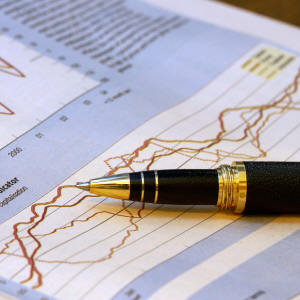
Vanguard’s John Bogle calls exchange-traded funds (ETFs) a “disaster waiting to happen.” The reason? Short-term traders are using ETFs to pursue short-term gains, according to this Seeking Alpha article. Passive investors try to jump on the bandwagon by buying into high-performing ETFs, not realizing that they chasing performance could spell speculative doom to their savings accounts. They’re good for long-term investing, Bogle says, but only if you use them right.
Bogle isn’t the only one wary of the ETF craze. The genre is facing oversupply to the point of redundancy. Early ETFs tracked “only the broadest indexes,” according Safe Haven’s Tyler Mordy.
Things have changed. “The first ETFs…were rather difficult to push around, and so not much given to speculative excess,” write William J. Bernstein of Efficient Frontier. He cites a “mind-boggling” variety of new ETFs—the HealthShares Infectious Disease Index is one example of how specialized the breed has become—as evidence that a new bubble may be on its way. “With each new wave of yet-more-improbable products, the danger grows,” he writes.
“Do we really need nine ETFs that essentially track the same thing?” Asks HS Dent’s Charles Sizemore. He says that specific supply and demand conditions created previous high returns. These returns caused competitors to enter the market, increasing supply, but diminishing the very returns that drove them into the market in the first place. At that point, “weaker competitors and products leave the market. We would expect there to be some kind of shakeout in the ETF sector in the months or years ahead.”
12. Food

Peak oil is so passé. Peak grain, on the other hand, could be the next big thing. Consider these facts:
-The planet doesn’t have enough high-quality arable land to keep up with the growing population. (The world has already consumed more grains than farmers produced during five of the past six years, according to this IPS article.)
-The amount of clean water in the world is decreasing, meaning less water for edible crops.
-Fossil fuels—commonly used as fertilizer—are getting more expensive.
-Climate change will affect crop production.
-The UN expects 12 billion people to inhabit the world by the end of the century.
It’s a simple supply and demand equation. Big demand for food and water, but little supply, means that prices will increase. It’s just a matter of finding the right agricultural niche to invest in. Right?
Not so fast. A bubble needs more than just supply and demand to foment. In 2008, a commodities bubble came and went. An increase in oil prices—caused by speculation, no less—drove up transportation prices, which in turn drove up food prices. Investors went on an agriculture/commodities binge, only to find their returns destroyed by falling prices, courtesy of the financial crisis.
This short, dramatic spike was of limited significance. A more sustained food bubble could be a ways off, especially if the government starts regulating commodities speculation. Look for persistent news of food shortages, rumors that you can make money by investing in agricultural stocks based on those shortages, and increasing food prices. At that point, a bigger bubble could be in the making.



 A new survey from the Organization for Economic Cooperation and Development (OECD) compared annual costs around the world for consumers who have
A new survey from the Organization for Economic Cooperation and Development (OECD) compared annual costs around the world for consumers who have